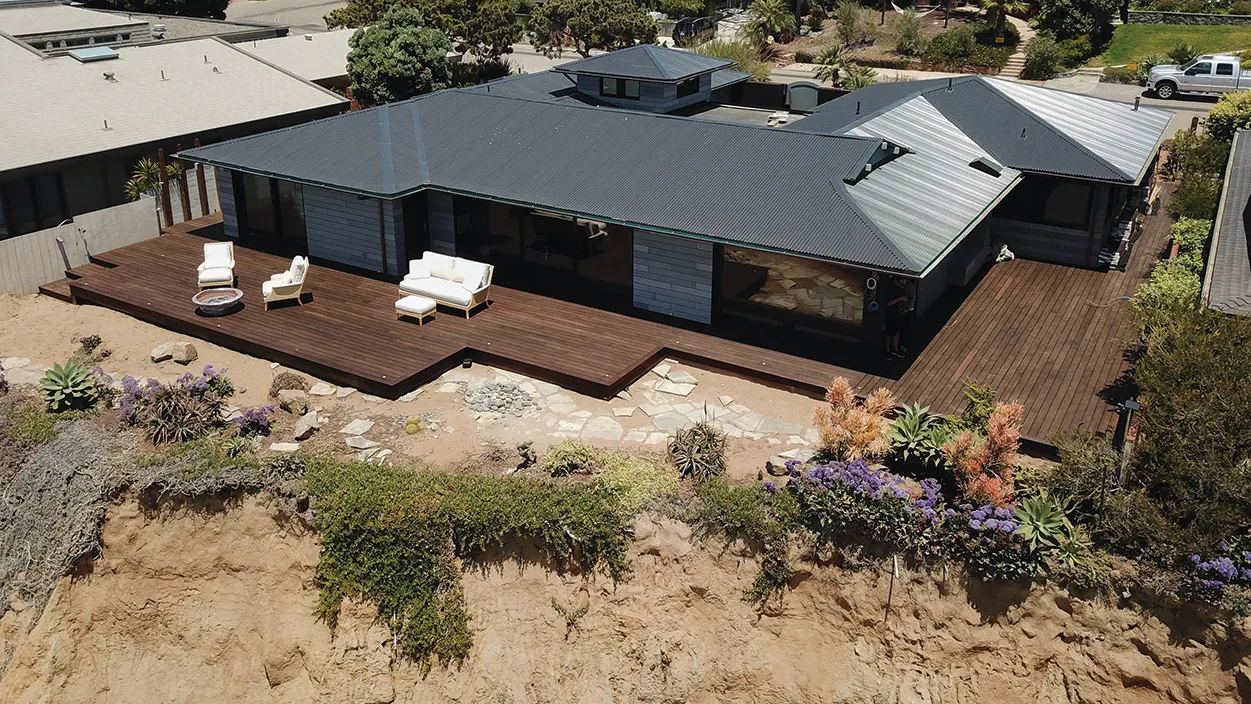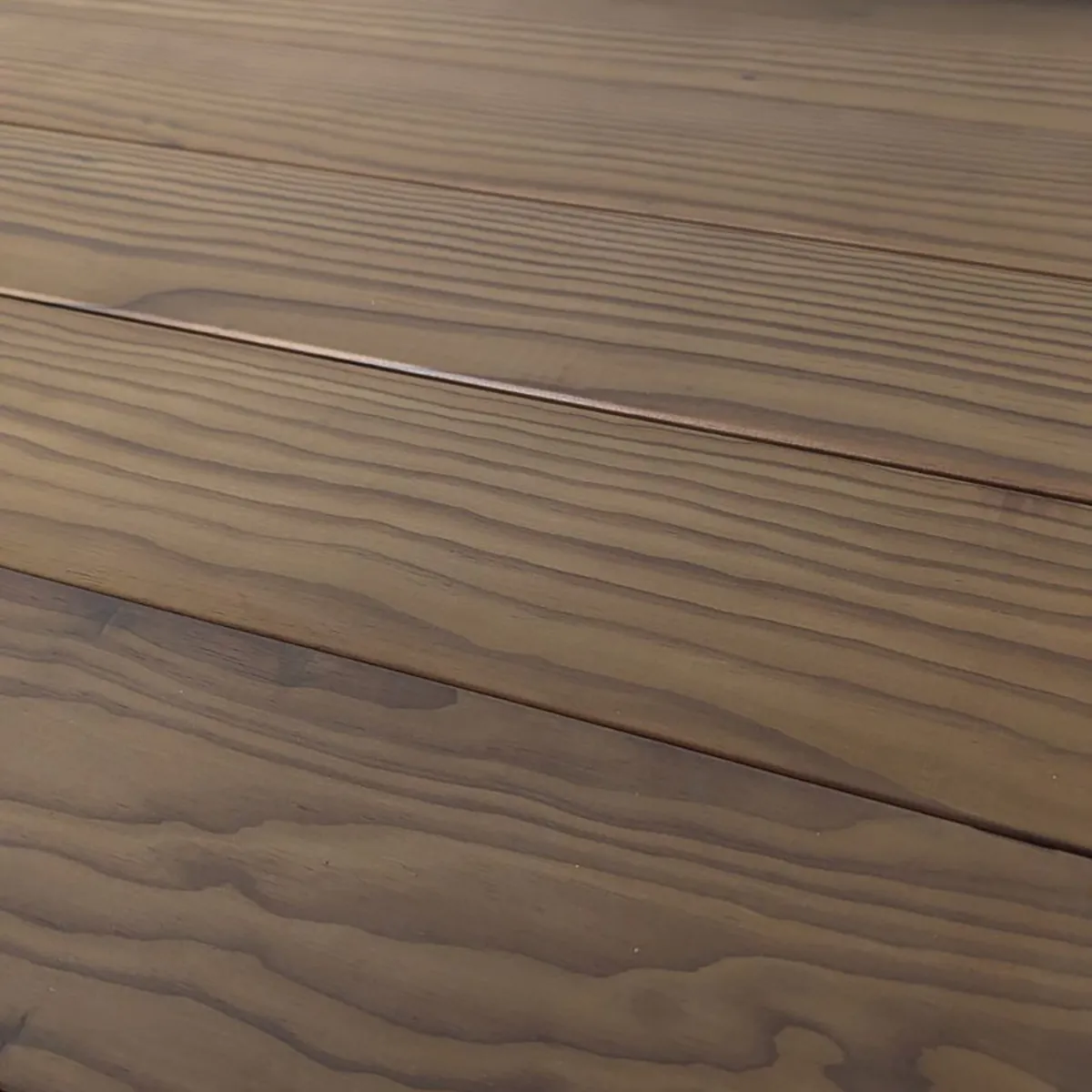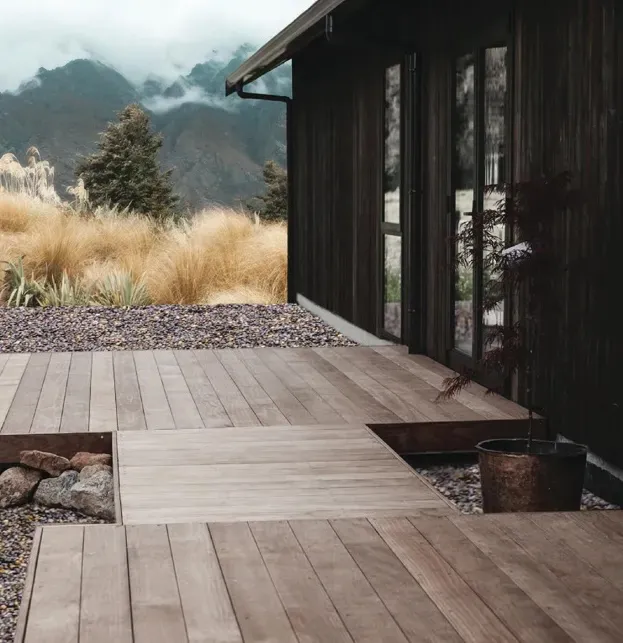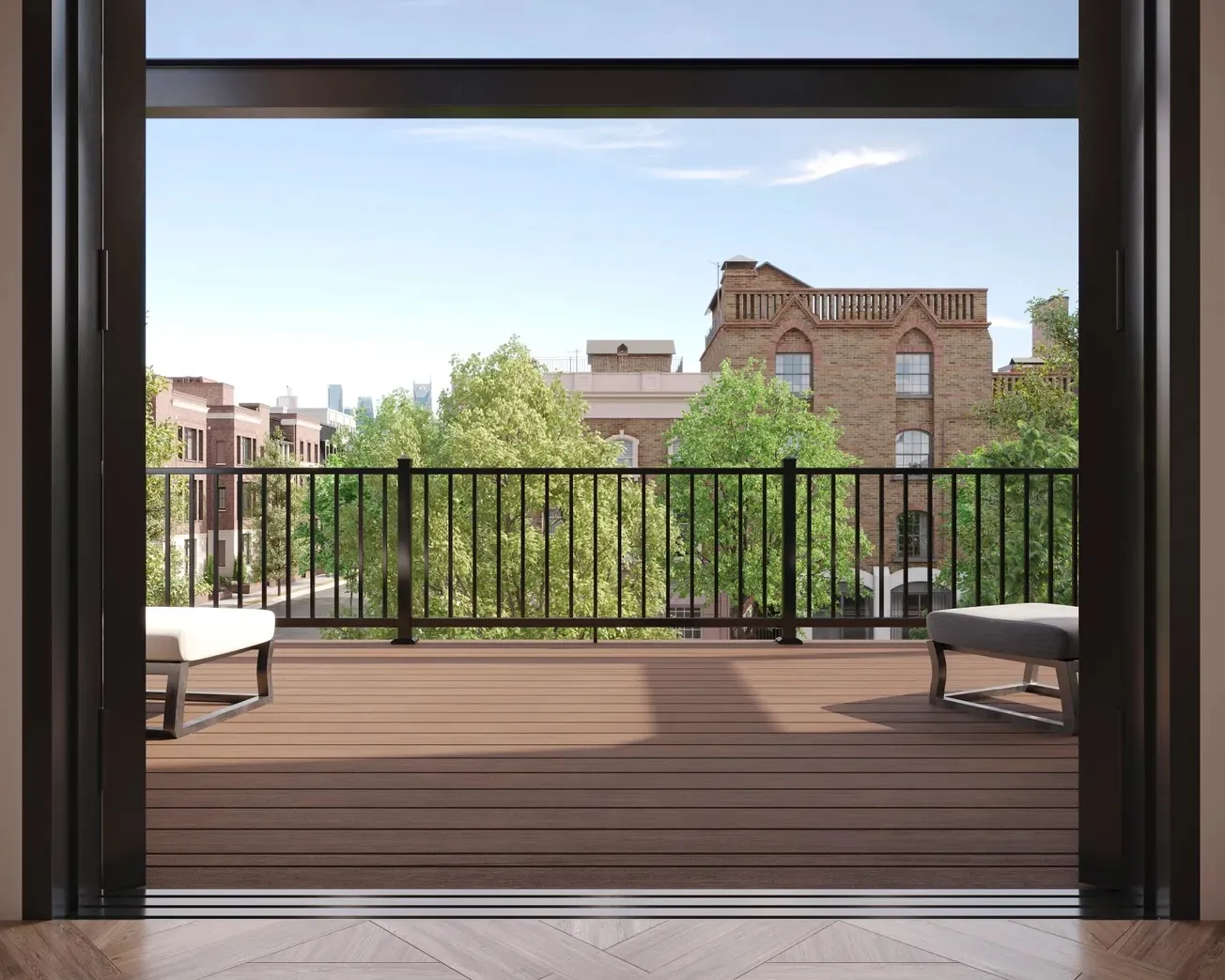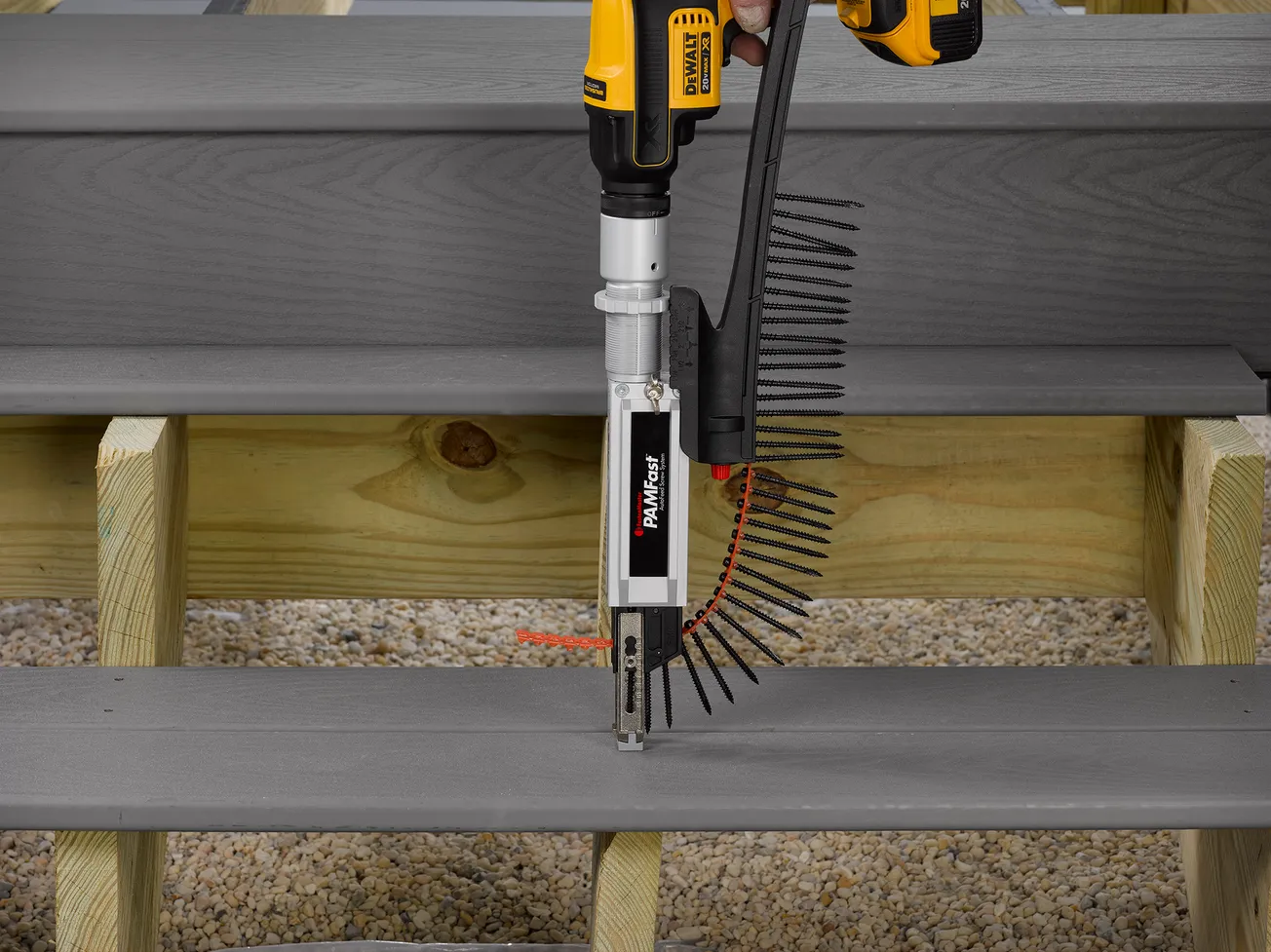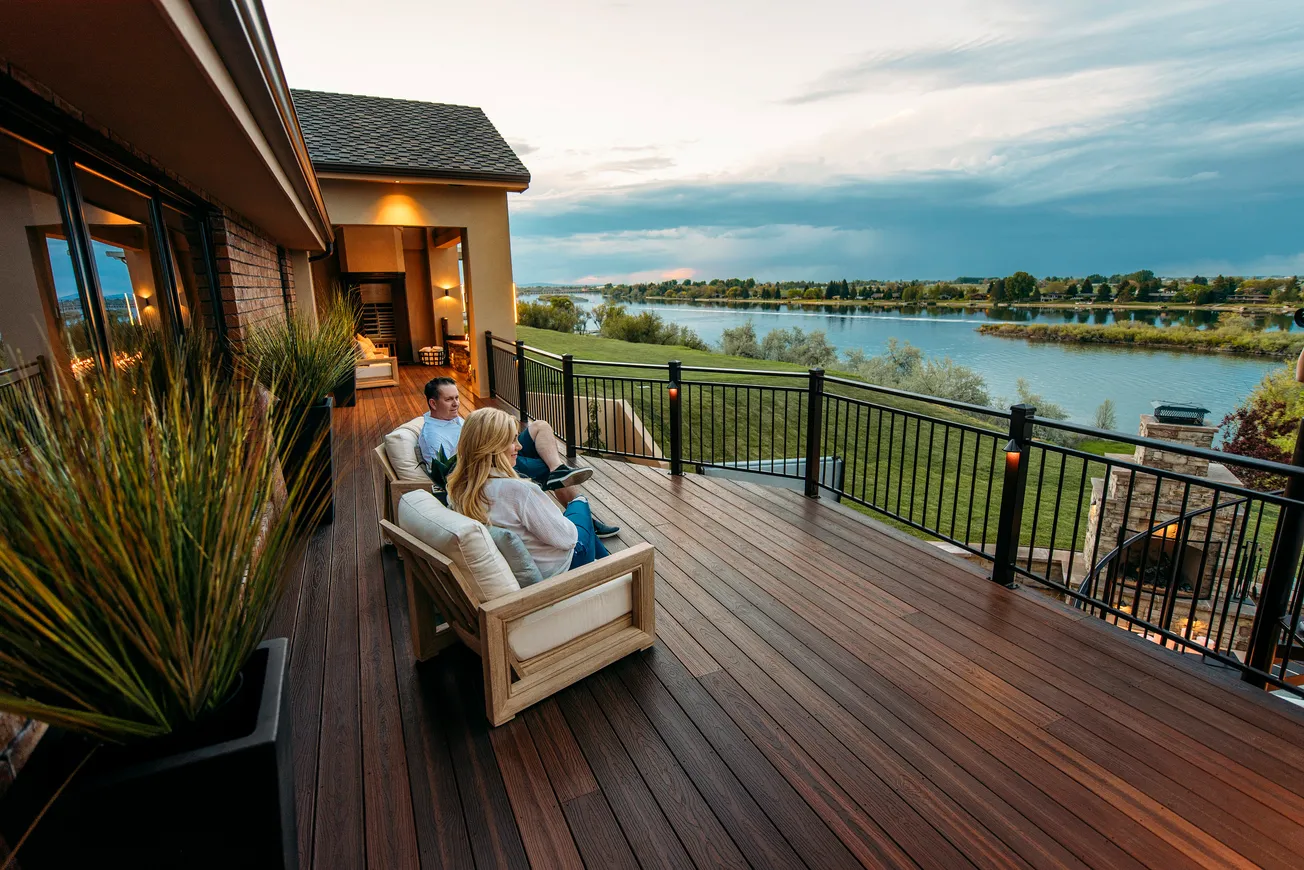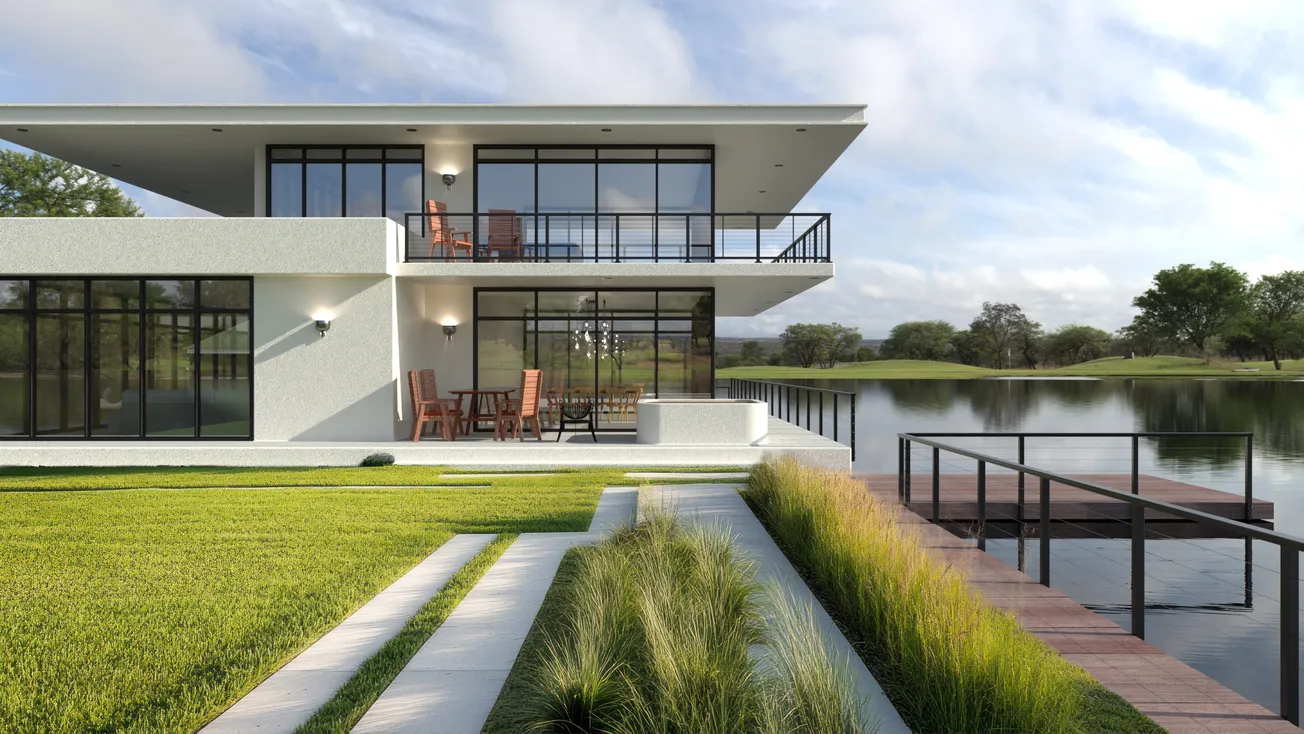Table of Contents
Soap operas and old black-and-white movie serials are famous for their cliff-hanger endings that leave viewers on the edge of their seats, wondering how the seeming disaster will be averted. A recent deck build near San Diego, CA., presented the contractor with a literal cliff-hanger—one challenge after another that all had to be incorporated at the edge of a cliff overlooking the Pacific Ocean.
First off, Fraser Decks & Patio Covers, Escondido, CA., had to make sure a deck was even permissible on the site. “We had a soil engineer who is an expert on cliffs come out to inspect everything to make sure the ground was secure enough to have a deck installed—and it was,” he recalled, breathing a sigh of relief.
The framing proved extremely complicated due to being near a cliff. The builder was required to keep the existing concrete pads in place, so they had to install a sleeper-style framing system, while simultaneously allowing for drainage. Through meticulous planning, they were able to get everything exactly how they wanted it.
The next dilemma was finding a material that would accommodate the low ground clearance and moist environment. The vacation home’s owner wanted ipe hardwood to wrap around three sides of the structure, along with a courtyard/entryway deck on the front.
“Once I was out there for the estimate, I informed the homeowner that ipe would not be a viable option due to the deck not having the proper clearance for ventilation required for ipe,” Fraser recalled. “As a hardwood, ipe would buckle in this environment and I wouldn’t be able to get a manufacturer to warranty the materials. The homeowner was not interested in a composite deck, so I proposed MOSO bamboo, since he already had bamboo floors inside the home.”
Fraser had used the thermally fused bamboo before, even installing a large deck display at his usual dealer, the local Dixieline Lumber in La Mesa, CA. In addition to how the product looks, feels and holds up in warm weather, Fraser also loves “the rich color it starts with and that it fades to gray so nicely. You can maintain it and keep the rich brown color or you can let it fade on its own and it will still look amazing.”
Working with distributor Boise Cascade, Fraser was able to meet with representatives from the manufacturer to review the project and obtain a warranty. “The homeowner was thrilled and we were able to move forward with the project,” Fraser said. “If it weren’t for MOSO, this project likely never could have happened!”
Because the site was near the ocean, the builder had to take into account the moisture levels and saltwater air that could wreak havoc on a new deck. The pressure to get it right was compounded by the fact that this wasn’t your typical 500-sq. ft. backyard deck. When all was said and done, it would consume over 2,400 sq. ft. of X-treme bamboo decking and an additional 1,000-plus sq. ft. of matching bamboo siding.
The deck and siding were installed using hidden fasteners in the field and plugs around the perimeter. “I wanted to see no visible screws, so the hidden fasteners and plugs came in handy,” Fraser explained. “When we install plugs, we always make sure we are lining up the woodgrain pattern on the plug with the woodgrain pattern on the deckboard. If that’s done wrong, hidden fasteners stand out to the human eye in a very bad way. If done correctly, the plugs seemingly disappear. We are very specific on how we install our plugs because it can really make or break a deck.”
The team also installed a product called G-Tape on top of all of its framing. The waterproof tape is designed to help keep deck framing from getting wood rot, keeping the morning dew and rain off of the tops of the lumber, preserving the lifespan of the deck framing. “There’s no point in having a deckboard last 30+ years, if the framing can’t last that long, too!” Fraser concluded.
Once deckboards started being laid, crews ran into issues with bird droppings, so they had to keep the deck fully covered when they weren’t working on it.
Final touches included installing deck lighting around the perimeter of the deck and laying gas lines for a barbecue and two fire pits.
The project took about six weeks to install, completing in early June. During and after the install, Fraser used his DJI Mavic Pro Platinum drone camera to capture process and beauty shots of the project. “There was quite a bit of flying around taking photos,” he said. “That is always fun to do; we do it for free for our clients.”
The cliffside location also provided a nice vantage point for spotting other drama during the build—lots of surfers, dolphins and two small boats that were abandoned on the beach below and had to be hauled away by local lifeguards. “They looked like they had been used to smuggle items on shore,” Fraser said. “We’re not sure exactly what was on the boats, but it definitely added a little excitement to our project!”


